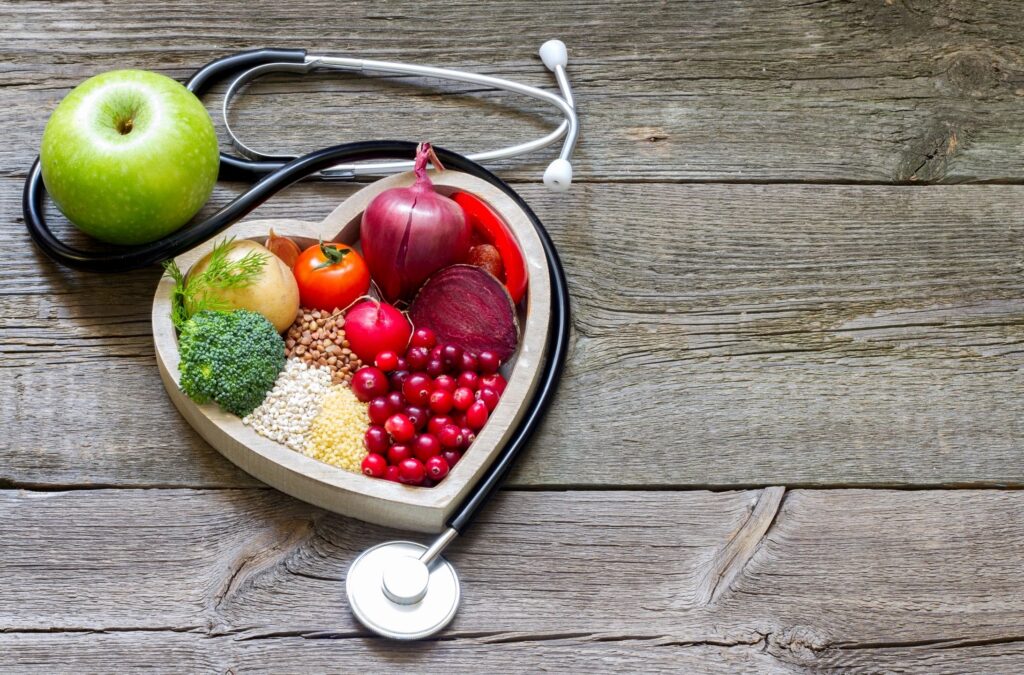Chow Line: New dietary guidelines offer some changed recommendations


Chow Line: New dietary guidelines offer some changed recommendations
I just saw that the new federal dietary guidelines were released. Were there any changes made from the dietary guidelines that were released in previous years?
Yes, there were several changes in the new 2020–2025 Dietary Guidelines for Americans. The guidelines are published jointly every five years by the U.S. Department of Health and Human Services (HHS) and the U.S. Department of Agriculture. The latest version, released Dec. 29, 2020, provides science-based advice on what to eat and drink to promote health, help reduce the risk of chronic disease, and meet nutrient needs.
According to those two agencies, the focus of this year’s guidelines is to “make every bite count” by encouraging consumers to focus on choosing healthy foods and beverages that are rich in nutrients but within certain calorie limits.
Also new for this release are the first set of guidelines that provide advice about healthy dietary patterns by life stage, from birth through older adulthood, including pregnant and lactating women, according to HHS.
For example, “For infants to 6 months of life, the guidelines recommend the exclusive consumption of human milk. If human milk is not an option, it is important to choose an iron-fortified infant formula,” notes Susan Zies, educator, family and consumer sciences, Ohio State University Extension, in “Make Every Bite Count,” a blog post at the Live Healthy Live Well website.
The site, which can be found at livehealthyosu.com, is a free information resource that offers science-based consumer information and insights. It’s written by OSU Extension educators and specialists in family and consumer sciences who promote health and wellness. OSU Extension is the outreach arm of The Ohio State University College of Food, Agricultural, and Environmental Sciences (CFAES).
As Zies notes in her blog post, here are some of the other changes to the dietary guidelines:
- Customize and enjoy nutrient-dense food and beverage choices to reflect personal preferences, cultural traditions, and budgetary considerations. As the American population is vastly diverse and culture extends to the plate, the guidelines are now customized to fit an individual’s cultural background.
- Limit foods and beverages that are higher in added sugars, saturated fat, and sodium, and limit alcoholic beverages. For example, the guidelines recommend that individuals ages 2 and older limit added sugars and saturated fat to less than 10% of calories per day. Sodium intake should be less than 2,300 mg per day. Men should limit their alcohol intake to two beverages a day and women to one drink per day.
“While it may seem daunting for some to modify their diet, there are tools to make it easier to eat better,” she writes. “MyPlate can help you visualize your plate, and the new MyPlate planning tool can help you customize it.”
Chow Line is a service of The Ohio State University College of Food, Agricultural, and Environmental Sciences and its outreach and research arms, Ohio State University Extension and the Ohio Agricultural Research and Development Center. Send questions to Chow Line author Tracy Turner, 364 W. Lane Ave., Suite B120, Columbus, OH 43201, or [email protected].








